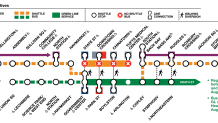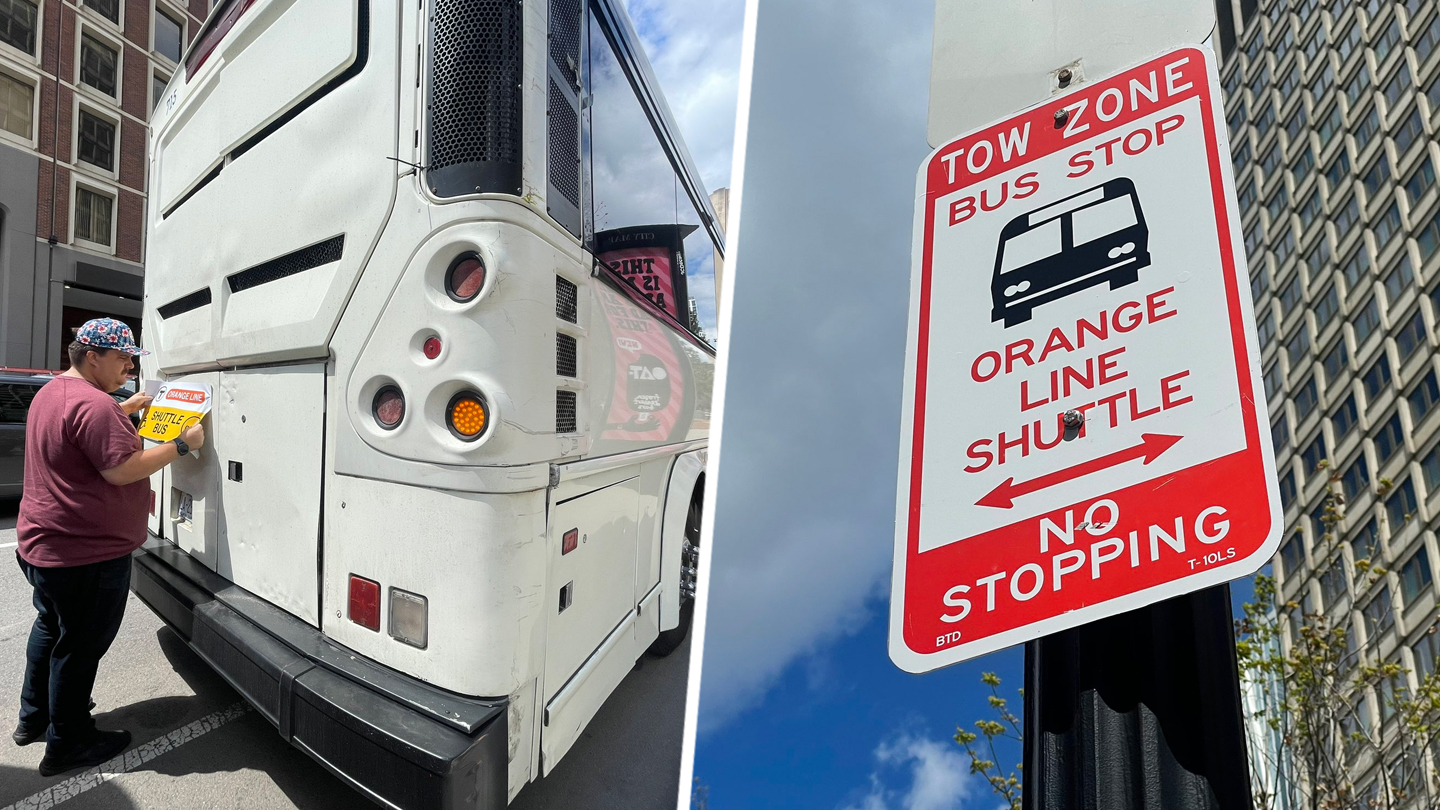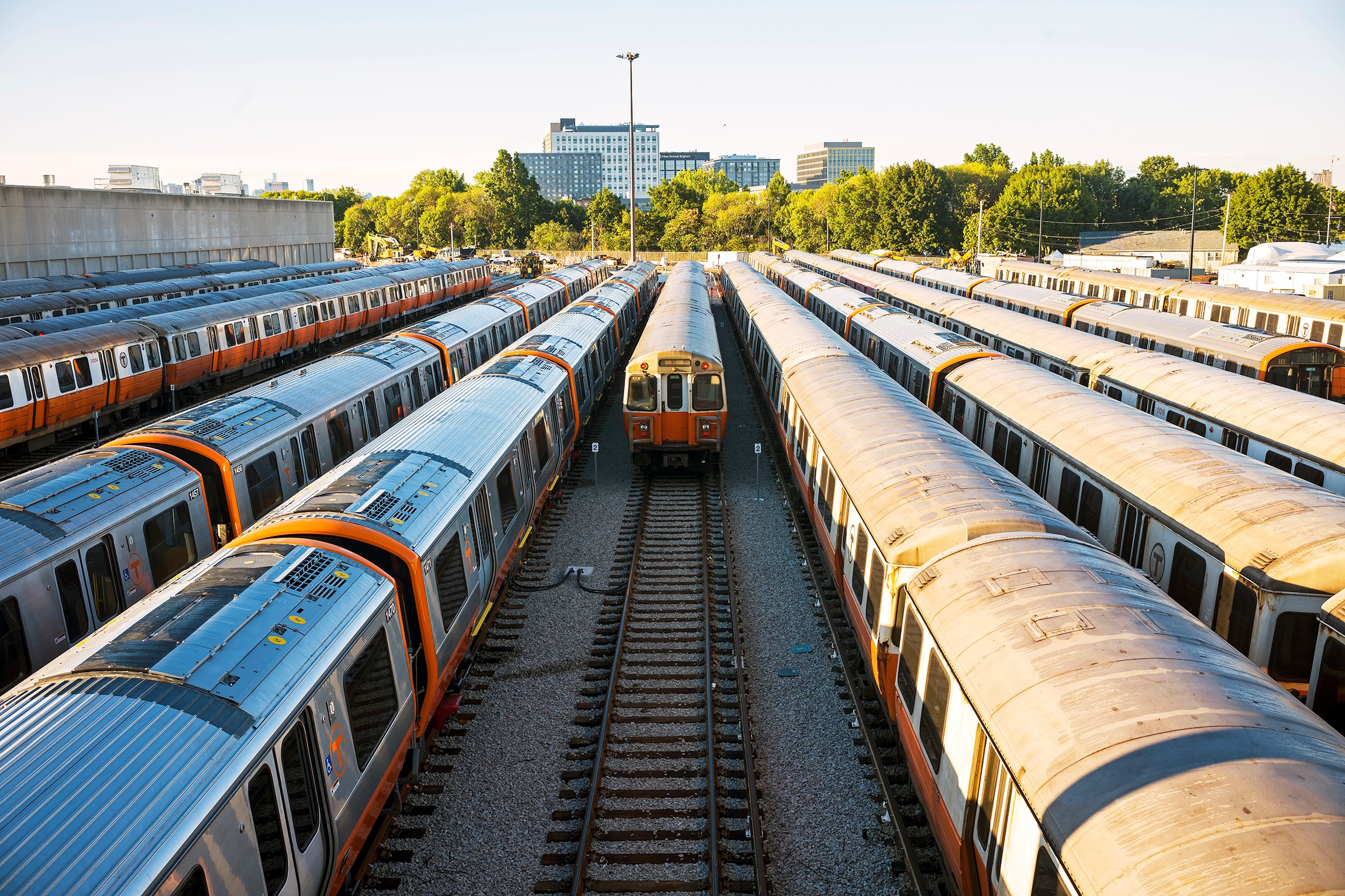As the 30-day shutdown of the MBTA's Orange Line quickly approaches, the thousands of commuters who rely on the transit line everyday are preparing for service disruptions that will have a major impact on their daily routines.
Starting at 9 p.m. Friday, Orange Line trains will be closed for a month, as the MBTA completes repair work to the troubled transit line. The trains aren't running from Aug. 19 until Sept. 18. That's in addition to the Green Line extension closure, which shuts down trains on that line past Government Center from Aug. 22 through Sept. 18.
The service closures leaves commuters to find alternative ways to get around the city, including with shuttles, bikes and the commuter rail. The City of Boston has put together a guide offering help to perplexed passengers of the MBTA, that outlines ways to get from here to there over the next four weeks.
Get Boston local news, weather forecasts, lifestyle and entertainment stories to your inbox. Sign up for NBC Boston’s newsletters.
Shuttle Service Along the Orange Line
The MBTA and the City of Boston will provide a shuttle route that will replace service along the Orange Line during the service shutdown. The shuttle service is at no cost to riders, and will be ADA compliant. It's goal is to also connect riders to the Green Line to fill-in service gaps.
Officials with the city's transportation department plan to use bus priority lanes in key areas, and pop-up "transit mobility hubs" are in the works for Government Center and Copley Square, where there will be signage and curb space to help traffic flow.

Liaisons with the Neighborhood Services department of the city will be posted to impacted Orange Line stops on the first day of the shutdown to help people find alternate routes.
Another way the city is getting information out is by creating neighborhood-specific guides that show alternative routes, which will be featured in different languages.
The city's original plan for Orange Line shuttles got backlash after excluding four downtown stops-- Tufts, Chinatown, Downtown Crossing, and State Street -- because of potential traffic congestion with buses in that area. A new plan adds a stop to the outbound Silver Line route and also involves two more bus options to service Chinatown and Tufts Medical Center.
Street Closures
Some street changes, including parking restrictions, are being implemented at points along the shuttle route to create space for loading and to ensure buses can safely make turns. Signal timing adjustments will be made in advance of and during the shutdown to support shuttle movements.
Several streets will be closed to general traffic to allow shuttle operations, including:
- State Street between Congress and Washington streets
- Dartmouth Street between St. James and Boylston streets
- Washington Street (northbound only) between Arborway and Williams Street
Other Ways to Get Around During the Shutdown
Commuter Rail: Riders can use the Commuter Rail within the City of Boston for free during the 30-day shutdown. All you have to do is show a CharlieCard or CharlieTicket to the conductor on the train. It doesn't even need to be loaded with money. This includes Zones 1A, 1, and 2 on all Commuter Rail lines. The city distributes CharlieCards at Boston Public Libraries through its CharlieCard Access Initiative.
Bluebikes: The City of Boston is also offering free 30-day passes to Bluebikes during the Orange Line shutdown. Beginning Friday, you can get a pass at bluebikes.com/join and in the mobile app.
City Discourages Driving: The City of Boston discourages people from driving in downtown at peak times. There are concerns over the congestion this shutdown will cause, from both the increase of commuters on the roads, and shuttle bus volume on Boston's streets.
What Parents and Students Should Know
The City of Boston is working with Boston Public Schools ahead of the school year kicking off during the shutdown. School begins for most students in the area the week after Labor Day -- the first day for most Boston students is Wednesday, Sept. 8
Boston Public Schools is communicating with families weekly, making sure the thousands of students who rely on the T can get support and figure out alternative routes if needed.
The Hub's public school district is also surveying its staff to assess the Orange Line's closure impact.
Earlier this week, the MBTA said it provided 5,000 CharlieCards loaded with week-long passes that will let parents join their students for practice rides.
What Seniors and People With Disabilities Should Know
Shuttle Buses: Most of the shuttles will be high-floor coach buses that will have wheelchair lifts by the back of the bus. Some shuttles will be low-floor buses with ramps at the front.
Accessible Vans: There will be around 20 wheelchair accessible vans that anyone who has a disability can request. The vans will be a combination of ramp-equipped and lift-equipped. Accessible vans will be available at all Orange Line stations, even ones that shuttles don't stop at.
Shuttle Stops: Stops will have a curb space that is designated for accessible vans.
The RIDE: Trips on the RIDE that begin and end within three quarters of a mile of the Orange Line will be free for RIDE users during the shutdown.
Commuter Rail: You can use a TAP pass in place of a CharlieCard to access the Commuter Rail for free.



